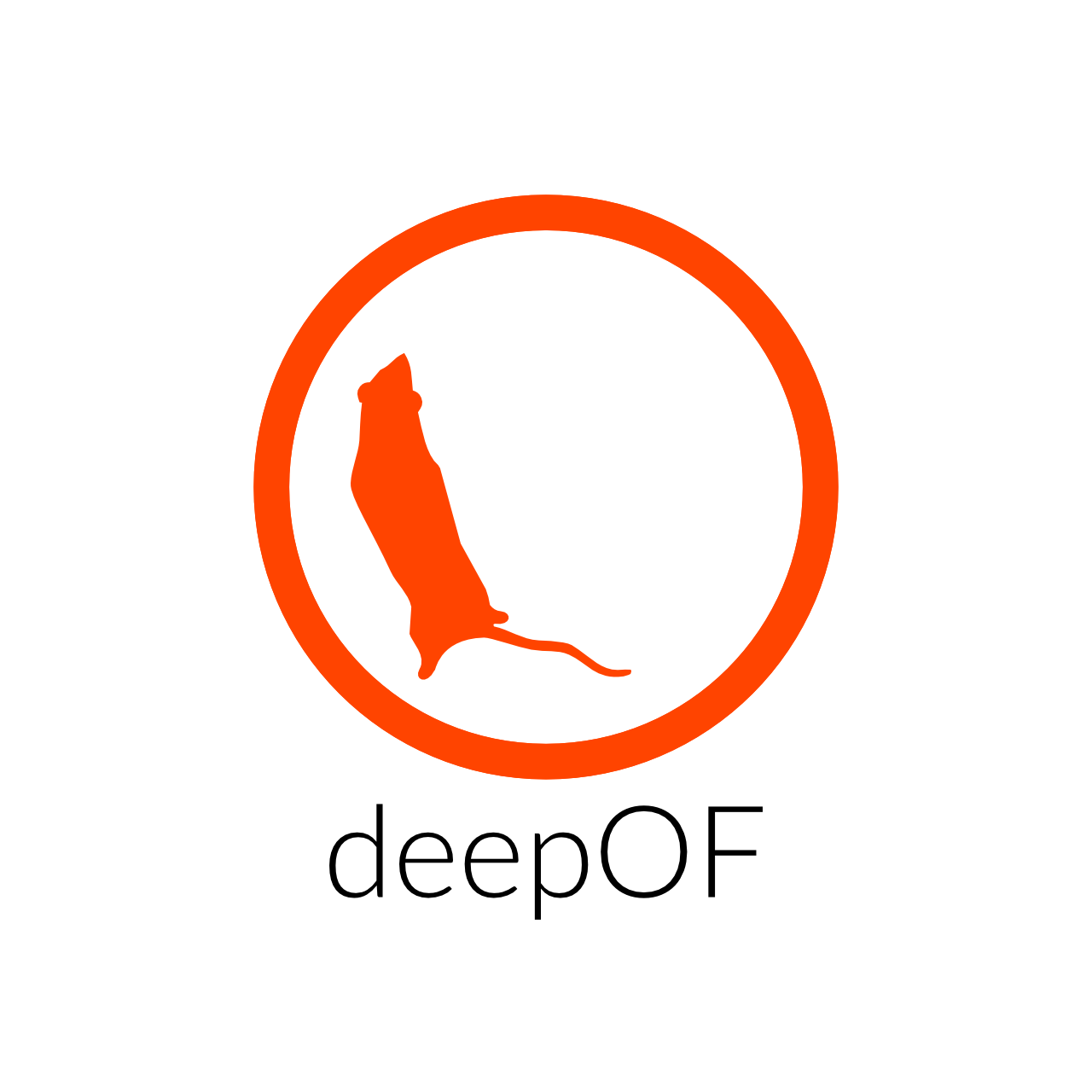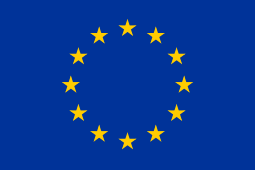A suite for postprocessing time-series extracted from videos of freely moving rodents using DeepLabCut and SLEAP.
You can use this package to either extract pre-defined motifs from the time series (such as time-in-zone, climbing, basic social interactions) or to embed your data into a sequence-aware latent space to extract meaningful motifs in an unsupervised way! Both of these can be used within the package, for example, to automatically compare user-defined experimental groups. The package is compatible with single and multi-animal DLC 2.X, and SLEAP projects.
The easiest way to install DeepOF is to use pip. Create and activate a virtual environment with Python >=3.9 and <3.11, for example using conda:
conda create -n deepof python=3.9Then, activate the environment and install DeepOF:
conda activate deepof
pip install deepofAlternatively, you can download our pre-built Docker image, which contains all compatible dependencies:
# download the latest available image
docker pull lucasmiranda42/deepof:latest
# run the image in interactive mode, enabling you to open python and import deepof
docker run -it lucasmiranda42/deepofOr use poetry:
# after installing poetry and clonning the DeepOF repository, just run
poetry install # from the main directoryNOTE: installation via pip is at the moment not compatible with Apple Silicon. If you'd like to install DeepOF on such machines, please use either poetry or Docker. You should also install hdf5 using homebrew, as described in this issue.
DeepOF relies heavily on DeepLabCut and SLEAP output. Thorough tutorials on how to get started with pose estimation using DLC can be found here, and for SLEAP here. Once your videos are processed and tagged, you can use DeepOF to extract and annotate your motion-tracking time-series. While many features in DeepOF can work regardless of the set of labels used, we currently recommend using videos from a top-down perspective, and follow our recommended set of labels (which can be found in the full documentation page). Pre-trained models following this scheme, and capable of recognizing either C57Bl6 mice alone, or C57Bl6 and CD1 mice can be downloaded from our repository.
The main module with which you'll interact is called deepof.data. Let's import it and create a project:
import deepof.data
my_deepof_project = deepof.data.Project(
project_path=".", # Path where to create project files
video_path="/path/to/videos", # Path to DLC or SLEAP tracked videos
table_path="/path/to/tables", # Path to DLC or SLEAP output
project_name="my_deepof_project", # Name of the current project
exp_conditions={exp_ID: exp_condition} # Dictionary containing one or more experimental conditions per provided video
)This command will create a deepof.data.Project object storing all the necessary information to start. There are
many parameters that we can set here, but let's stick to the basics for now.
One you have this, you can run you project using the .create() method, which will do quite a lot of computing under
the hood (load your data, smooth your trajectories, compute distances, angles, and areas between body parts, and save all
results to disk). The returned object belongs to the deepof.data.Coordinates class.
my_project = my_project.create(verbose=True)Once you have this, you can do several things! But let's first explore how the results of those computations mentioned are stored. To extract trajectories, distances, angles and/or areas, you can respectively type:
my_project_coords = my_project.get_coords(center="Center", polar=False, align="Nose", speed=0)
my_project_dists = my_project.get_distances(speed=0)
my_project_angles = my_project.get_angles(speed=0)
my_project_areas = my_project.get_areas(speed=0)Here, the data are stored as deepof.data.table_dict instances. These are very similar to python dictionaries
with experiment IDs as keys and pandas.DataFrame objects as values, with a few extra methods for convenience. Peeping
into the parameters you see in the code block above, center centers your data (it can be either a boolean or
one of the body parts in your model! in which case the coordinate origin will be fixed to the position of that point);
polar makes the .get_coords() method return polar instead of Cartesian coordinates, and speed
indicates the derivation level to apply (0 is position-based, 1 speed, 2 acceleration, 3 jerk, etc). Regarding
align and align-inplace, they take care of aligning the animal position to the y Cartesian axis: if we
center the data to "Center" and set align="Nose", align_inplace=True, all frames in the video will be aligned in a
way that will keep the Center-Nose axis fixed. This is useful to constrain the set of movements that one can extract
with our unsupervised methods.
As mentioned above, the two main analyses that you can run are supervised and unsupervised. They are executed by
the .supervised_annotation() method, and the .deep_unsupervised_embedding() methods of the deepof.data.Coordinates
class, respectively.
supervised_annot = my_project.supervised_annotation()
gmvae_embedding = my_project.deep_unsupervised_embedding()The former returns a deepof.data.TableDict object, with a pandas.DataFrame per experiment containing a series of
annotations. The latter is a bit more complicated: it returns a series of objects that depend on the model selected (we
offer three flavours of deep clustering models), and allow for further analysis comparing cluster expression and dynamics.
That's it for this (very basic) introduction. Check out the tutorials and full documentation for details!
If you use DeepOF for your research, please consider citing the following:
@article{DeepOF:JOSS,
title = {{DeepOF: a Python package for supervised and unsupervised pattern recognition in mice motion tracking data}},
year = {2023},
journal = {Journal of Open Source Software},
author = {Miranda, Lucas and Bordes, Joeri and P{\"{u}}tz, Benno and Schmidt, Mathias V. and M{\"{u}}ller-Myhsok, Bertram},
number = {86},
month = {6},
pages = {5394},
volume = {8},
url = {https://joss.theoj.org/papers/10.21105/joss.05394},
doi = {10.21105/JOSS.05394},
issn = {2475-9066}
}@article{DeepOF:NCOMMS,
doi = {10.1038/s41467-023-40040-3},
url = {https://doi.org/10.1038/s41467-023-40040-3},
year = {2023},
month = jul,
publisher = {Springer Science and Business Media {LLC}},
volume = {14},
number = {1},
author = {Joeri Bordes and Lucas Miranda and Maya Reinhardt and Sowmya Narayan and Jakob Hartmann and Emily L. Newman and Lea Maria Brix and Lotte van Doeselaar and Clara Engelhardt and Larissa Dillmann and Shiladitya Mitra and Kerry J. Ressler and Benno P\"{u}tz and Felix Agakov and Bertram M\"{u}ller-Myhsok and Mathias V. Schmidt},
title = {Automatically annotated motion tracking identifies a distinct social behavioral profile following chronic social defeat stress},
journal = {Nature Communications}
}All data and code used to generate the results in the NCOMMS paper are available here (password: DeepOF2023).
If you encounter any problems while using this package, please open an issue in the issue tracker.
We welcome contributions from the community! If you want to contribute to this project, please check out our contribution guidelines.
This project has received funding from the European Union's Horizon 2020 research and innovation programme under the Marie Skłodowska-Curie grant agreement No. 813533





